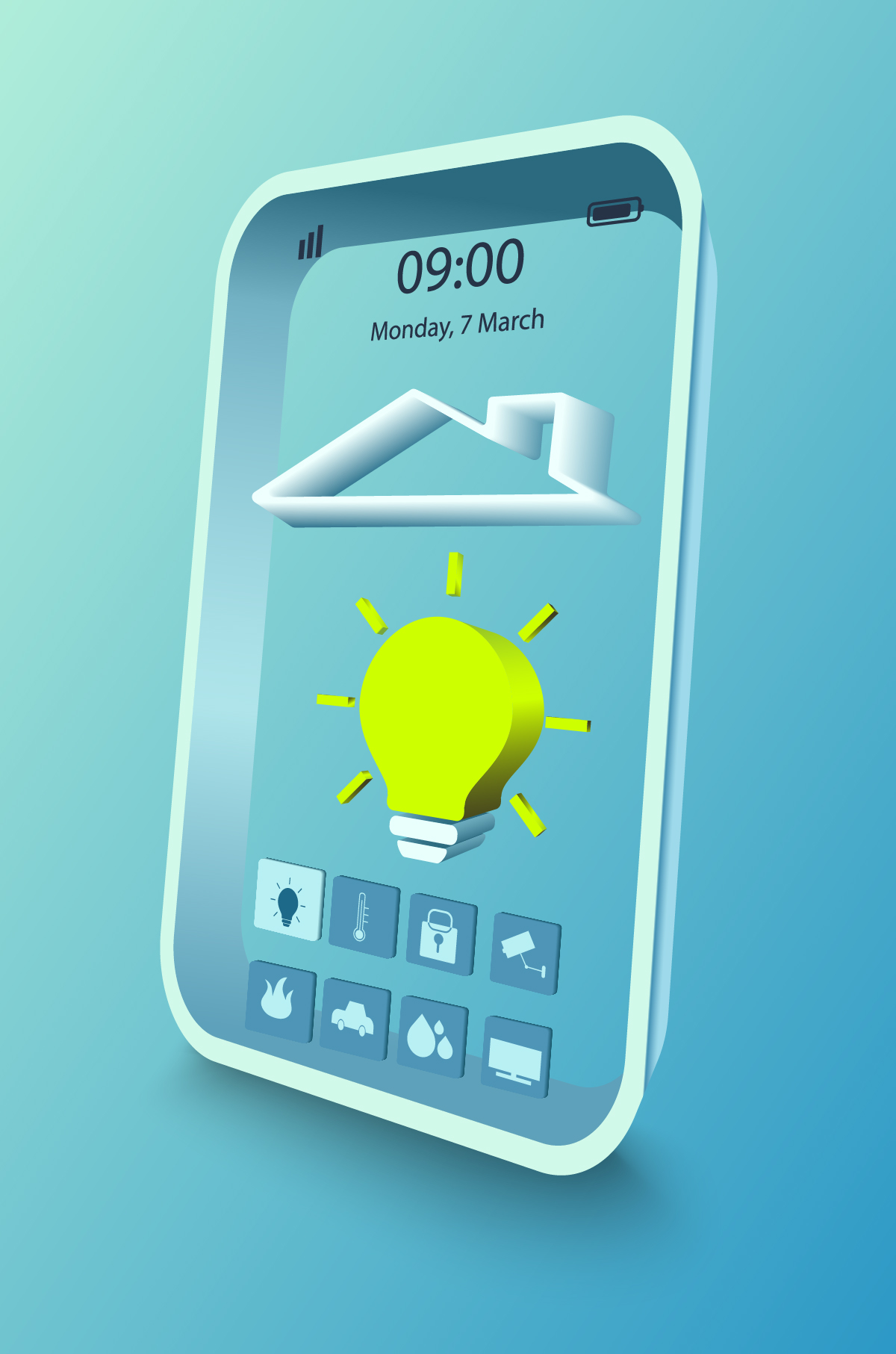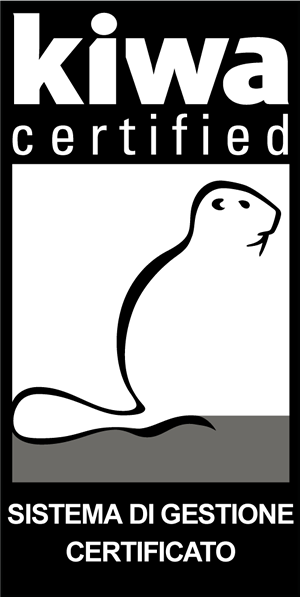The IoT market during the pandemic, what happened in 2020?
As noted by the Osservatorio Internet of Things, the Italian IoT market had recently been advancing at double-digit growth rates: in 2018, there was a +35% increase followed by a +24% increase in 2019.
In 2020, for the first time as a result of the Covid19 pandemic, the IoT market experienced a slight downturn (-3%), in line, however, with the findings at European level, where the market trend had been fluctuating between -5% and + 8%.
An inevitable pause, in short, that has not affected the great momentum with which the Internet of Things continues to advance on the Italian market.
Indeed, there are several areas in which there was growth in 2020 compared to the previous year, i.e. the Smart Agriculture (+ 17%), Smart Factory (+ 10%), Smart City (+ 8%), Smart Logistics (+ 4%) and Smart Building (+ 2%) sectors.
Two aspects, in particular, have determined this excellent performance even during the pandemic, the first of which is a constant increase in IoT connections that enable technological evolution.
At the end of 2020, in fact, the total volume was 93 million active IoT connections, up compared to the previous year, with 34 million mobile phone connections (+10%) and 59 million enabled by other technologies (+15%); including the advent of LPWA networks, reaching 1 million connections for the first time.
Above all, the advantages and benefits of IoT technologies have proved to be such that they cannot be undermined even by a global pandemic like Covid19. On the contrary, an increase in IoT technologies is expected from this point of view, linked also to EU policies to facilitate digital transition.



